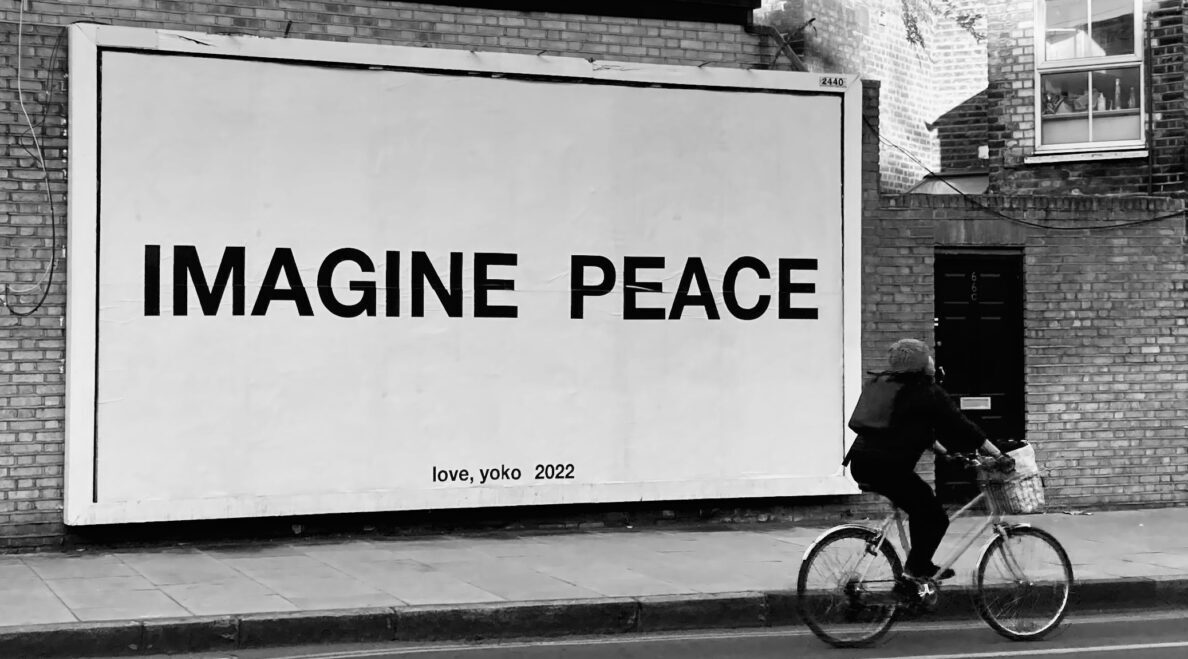Tattoo Project
After watching the documentary in class, I was really moved by the traditional practice of Inuit women tattooing their inner thighs. The idea of a newborn baby being welcomed into the world and having these beautiful markings as the first thing they see as they transition from the womb to the world is comforting, beautifully symbolic, and intentional. This made me consider what it means to be a vessel as a human and what it means to adorn oneself. Initially, I wanted to recreate this literally and thought about what a meaningful thigh tattoo could look like. I thought about how art on the thighs could be imagined as a portal, as a passage of welcoming, or as an adornment. Considering the human body in this light reminded me of a sentiment I often heard growing up in an evangelical church: “My body is a temple.” I thought about how this related to the theme of the body as a sacred space or a site where worship occurs and what this could mean in the context of a tattoo. Does tattooing add to its sacredness, or does it have the opposite effect and desecrate it? I chose the motif of various temples to adorn the multiple rooms and wings of the human body. This signifier reasserts the body as a temple and causes us to consider its function and purpose, what is housed inside, who has access to it and under what circumstances. As different religions and cultures interpret these ideas differently, so do the many different bodies these tattoos were placed upon.






Open Studios
Although I could not visit the MFA studios due to time constraints, I made it to the Capstone Studios, which I found beneficial as I could see how our program culminates in our final year. It was inspiring to see how classmates discovered their niche and how the various directions of their practice have transformed. Seeing how their works came together as a unified voice was also lovely. Some seem to have given themselves a rule and parameters to form a method that applied all their works, such as repeated motifs or altering the traditional support of a painting to a stretched clear canvas, reimagining what a painting looks like and what that means in the context of portraiture. Overall, it reminded me of how unique each of us entering this program is. After visiting these studios, I gained a deeper appreciation for being in Studio Art. Being here not only gives us foundational knowledge but also helps us to recenter and, at times, reframe our artistic thinking, encouraging us to reflect on our creativity and helping to foster and nurture the mindset of moving toward creating the art we want and need to make. It was wonderful to see the variety of ways my peers have been able to find their artistic voice.
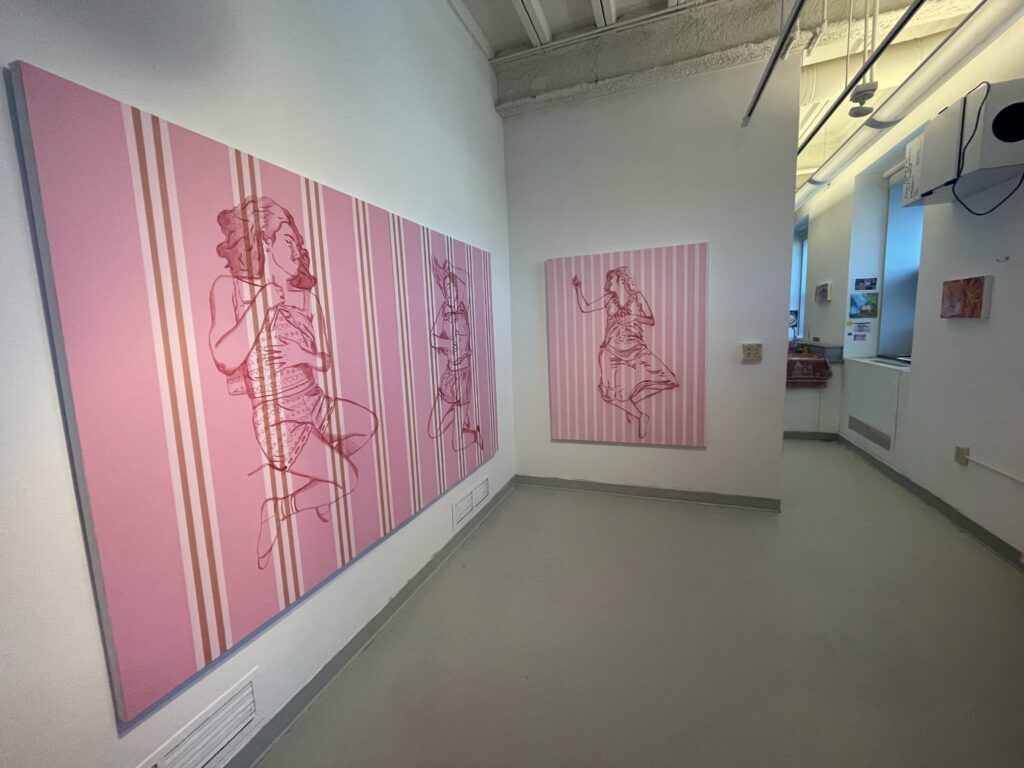
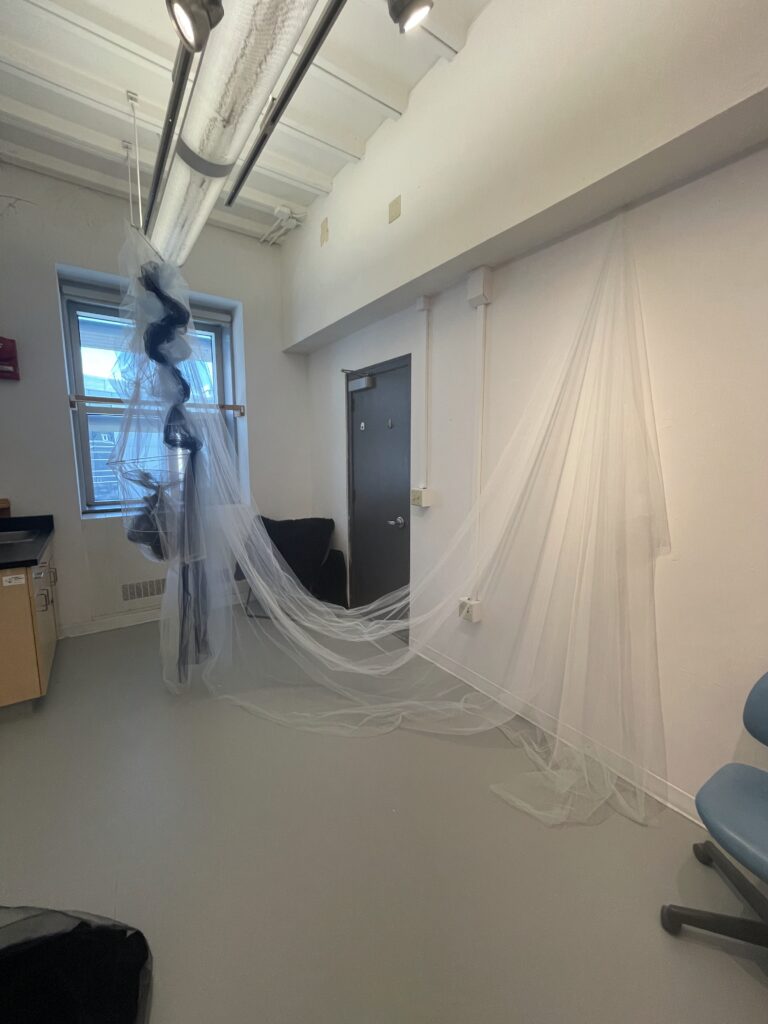
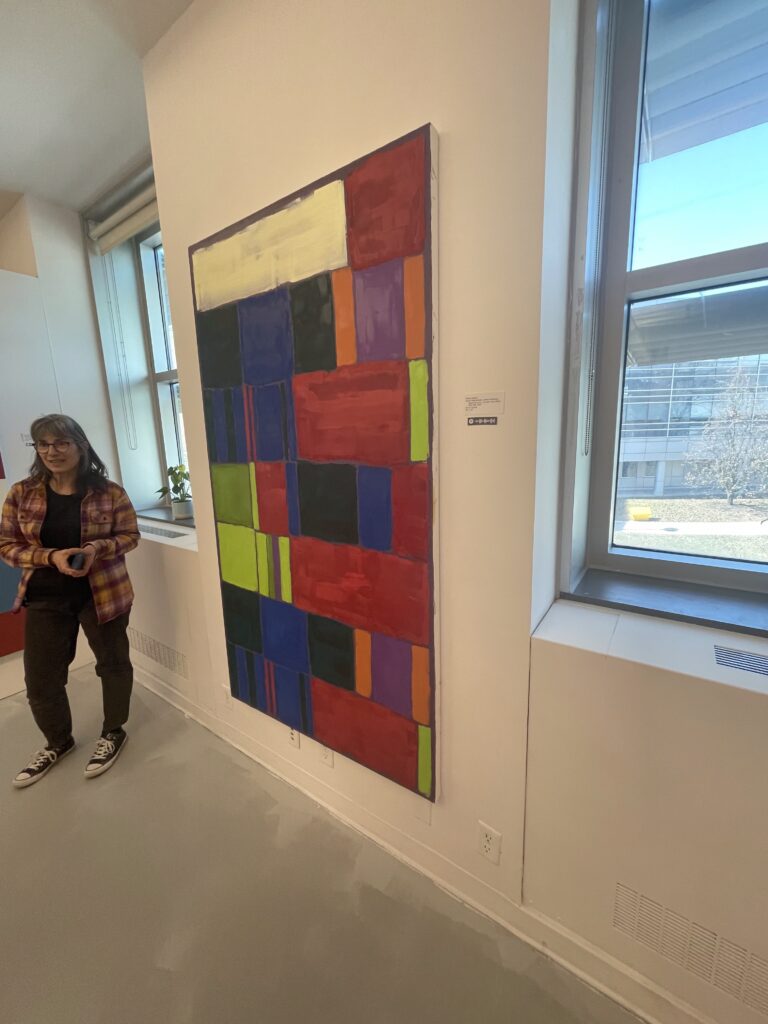
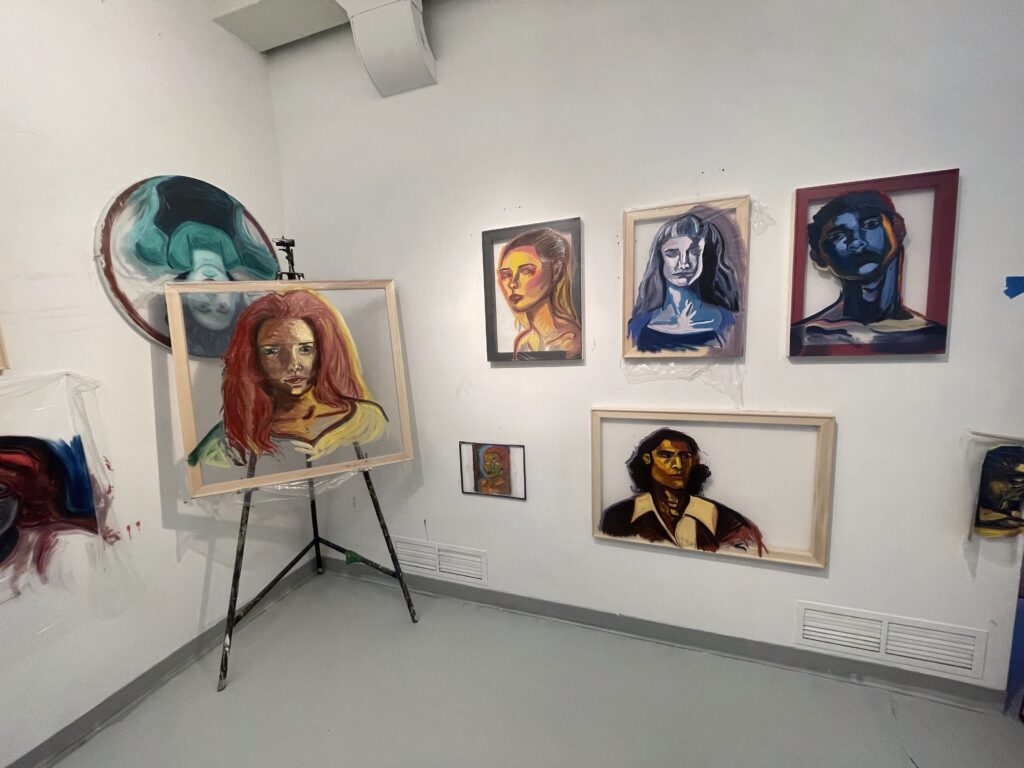
Parent’s Video
This experimental video is about my father’s scattered legacy. It is told through the voices of his children and snapshots of spaces and memories. It centers on a man whose presence was defined as much by his absences as his moments of connection.
Throughout the video, fragmented memories abruptly cut in and out between blackness and various landscapes. His ringtone begins to be heard at the end of the video, a sound that, for many of us, symbolizes his sporadic appearances in our lives. Scenes of movement—through Portland, Jamaica- mirror how my father moved through our lives: at times present, but never fully.
Each sibling’s voice carries a different piece of him, whether it’s a moment of joy, a gesture of care that arrived too late, or the silence where a father should have been. Few memories are tender, but most are weighted with disappointment, and some, like my brother’s unfinished paintings, speak to what was never fully realized.
This work is not just about one man but about the generational ripple effects of absence, fractured fatherhood, and love that exists despite everything. It is about what remains in the absences – stories, places, unanswered questions, and the phone ringing that he may or may not pick up.
Fragmented Frames
Process:
When making this video, I aimed to piece together scattered places, conversations, and memories of my father. I reached out to all of my siblings to ask about their experiences with our father. Some chose to share, and others decided not to, which I completely understand and respect.
A few siblings responded to me via voice notes that I used in the final video; one brother chose not to speak about him, and one brother, though he decided not to speak, sent me an audio clip of our father’s ringtone, which I ended up incorporating into the final edit.
As I heard my siblings speak, I recounted the stories, some of which I knew before and others I heard for the first time. When I reached out to my brother, who lives in Vancouver, he told me about the one time he met our dad when he was 8. They played soccer together. Our dad told him soccer was his favourite sport, so my brother played for the next ten years—because that was the only thing he had to hold onto. That story stuck with me, so I had my son, Zion, reenact the soccer scene.
My sibling, Nicci, helped with the practical process of doing this project by allowing me to locate the exact location where our brother Ian was shot and killed by the Toronto police during a mental health crisis. Being there in person for the first time and acknowledging the weight of how much Ian trusted our father despite never truly being around it was incredibly painful and instrumental in setting the tone and intention for the project.

I had hoped to use footage and audio, all sourced from my siblings, but was unfortunately unable to coordinate with my 12-year-old brother for the shots I was hoping to have in Jamaica, so I ended up using footage I found on YouTube of someone driving through the parish my father lives in. This ended up working well with the overall themes of movement, distances and location.
For other shots, I was able to travel to myself, such as McMaster Children’s Hospital in Hamilton, where my brother Cory was admitted when he was diagnosed with a brain tumour at age 16. This was an important location for me to include as it was a stark example of our father’s inability to show up for his child.
Coupled with the voices of my siblings heard in the video, the images stitch together a portrait of who our father was and is to us.
Bridget Moser, My Crops Are Dying But My Body Persists, 2020
Throughout the video, imagery like the scene where the high-heeled white mannequin’s foot is inserted into the Crocs, pushing what appears to be whipped cream through its holes, is reminiscent of “oddly satisfying” videos where items are crushed, squeezed or destroyed and filmed. The imagery here produced a similar effect. The amplified sound effects of the movement of the props are also reminiscent of ASMR videos, where sound is purposefully amplified.


Her colour choices all seem muted, and after reading Charlene Lau, I see how this is likely an intentional choice referencing Moser’s complexion as a White woman. The glove filled with raw meat reminds me of the term “meat sac,” sometimes used to reference humans. The face mask she initially places over the sculpture of a bust, then herself, the notion of individuality, pretending to be someone you’re not or an interchangeable identity.
This video was interesting but also equally unsettling and uncomfortable to watch. I found the scene of the meat sac hand rubbing the skull with the background of cinematic music to be particularly absurd and difficult to attach meaning to. Lau states that “the sequence is pleasurable and calming to watch,” which I would have to disagree with. Although some scenes could have been arguably described as meditative, perhaps, such as the braiding of the spaghetti hair, I found the effect less calming and more unsettling.

The themes that stuck out the most were a general sense of distaste for one’s own identity and behaviours and a redundancy in continuing in the activities that bring this dread. She has a longing for a sort of intimacy or an exploration of desire when seen rubbing the hot dog bouquet. She then turns to leave and appears to have moments of self-reflection as she looks to the palm of her hand. She abruptly returns to the hanging hotdog banner despite appearing increasingly perturbed upon each return, as if she cannot help or control herself.
Other moments hint towards a longing for intimacy when seen caressing the furniture and through various phallus imagery and gestures that insinuate penetrative intercourse. Lau notes this theme in her commentary: “Even before the coronavirus whisked away touch, intimacy and real connection eluded so many.”


The themes surrounding Whiteness found throughout the work were seen through the use of colour and pale hues throughout the piece and voice-over. There is a common tendency, after being called out as racist, for the perpetrator to defensively retort that it was never their intention to cause harm. The phrase, “My intentions are literally always good” reflects this deflection.
When calls are made to remove a Black person from a space or report an activity, it is often under the guise of safety, whereas here, there is honesty in that the concern is raised less so for safety concerns and more so for one’s comfort. She is honest when she says, “I would like to feel safe and when I say safe, what I mean is comfortable.” At the same time, there is seemingly a shift towards moments of self-reflection: “Maybe I’m the problem I am trying to solve.” However, it is clouded by echoing sentiments of deflection, guilt and inaction to move out of this. The automated voice also comments, “The antidote to guilt is action.”

The absurdity in her works makes it uncomfortable to watch. Just as it is painful to watch the absurdity in the behaviours operating within a realm of White fragility. The first time we see a change in expression is when Moser sees the muscle suit filled with packing, sprawled with packing peanuts, falling out like a bleeding corpse on the ground. She removes her white clothing, revealing the same muscle suit as she performs an impassioned dance. Whether this performance refers to acknowledging the human under or underneath her skin, she is just the same as the “corpse” on the ground; the absurdity and theatrical nature remain, as Lau says the work is “embarrassing to watch.” The revelation of one’s privilege only entering a space of understanding after a tragic event such as a death, if that was the intended portrayal, moving into acceptance is an embarrassing journey to take part in.
Post-Internet Video Art
For this project, we focused on apology videos found online. After studying and watching several of these videos, we discovered that many, if not all, seem to follow a similar pattern or formula. The videos often begin with a seemingly genuine desire to take accountability for whatever they’ve come online to apologize for. But as the video progresses, their tone shifts back and forth between apologizing and attempting to minimize or excuse their actions.
Similarities between the various apology videos found online became even more evident when we spliced and stitched them together in the final version of our video. The most abundant category we found cross-overs was an overwhelming sense of self-victimization, as they shared personal information and context where the individual would position themselves in a state of vulnerability or apparent ignorance at the time. This would often segway into defensiveness where they passionately refute claims against themselves, stating things like, “This is not who I am” or “This is not true,” and then circle back into more excuses, sometimes with tears, ending with the assertion that they have full intentions to do better in the future and are committed to learning and growing from their mistakes. Undertones of ingenuity are evident as the statements are repeated and rephrased with the same underlying message, sometimes by the same influencer later in life.
Bringing all these videos together situates the singular voice of the ‘apologizer’ into a continuous thread of pleading and crying into the void of the internet. It pleads with the entity responsible for resurfacing these past actions to forgive and forget their shortcomings. Despite the apparent effort to reconcile with the internet and denounce their previous racist, predatory and exploitative behaviours, their actions will unfortunately be forever attached to their names. The final video reflects the broader themes of self-preservation, the permanence of the internet, and the performative nature of online apology videos.
Final: Post-Internet / Apology Video
Examples of Apology Videos / Brainstorming
For this project we are going to focus on the phenomenon of celebrities and influencers posting public apology videos online. Often presented as a way to “take accountability” they often come off as insincere. The controversy prompting public apology videos online is often a last ditch effort to preserve their careers and social status after their alleged wrongdoing has come to light.
Repetitive tropes and phrases can often be found in these videos.
“Setting the record straight”
“Taking accountability”
“I do not condone this”
The Culture: Hip Hop and Contemporary Art in the 21st Century

TITLE: “Ascent”
MEDIUM Inkjet print on silk
One work that immediately caught my attention was John Edmonds’ photograph titled “Ascent.”
The subject of this work includes the upper torso of a figure with its back facing the viewer. The figure is wearing a white du-rag and white fur over their shoulders. This photograph, printed onto silk, projects slightly off the wall it is mounted on, causing the material to flutter and slightly distort with each passing movement.
Often, but not always, worn by men as a protective covering for afro-textured hair, the durag insinuates a masculine figure. Though the figure’s identity is withheld from us, given the context of the exhibit and the cultural understanding of the purpose of wearing a du-rag, it can also be deduced this figure is Black.
Using silk as the support for this photograph amplifies the themes of softness and delicacy. The silk also mirrors the actual materiality of a du-rag, which is often silk-like or satin.
The visual and physical softness and delicateness of this piece operate in direct opposition to negative stereotypes of Black masculinity, which is so often seen as aggressive and threatening.
Like the distortion that occurs with the movement of passing viewers, the inherent nature of Black masculinity is obscured as it continuously responds to the external influence of onlookers. This speaks to the potential internalization and embodiment of prevalent stereotypes of Black masculinity and the impact this can have on one’s true identity. In our present reality, where society does not always offer the space for vulnerable Black masculinity to prevail, this work actively rejects and instead celebrates this softness. It stands as a reminder that the stereotypes of Black masculinity are not inherent and is a call for ascension beyond these biases.
The stereotypes projected onto Black men exist well before they reach adulthood, which is why this work is particularly relevant to me as a mother to a Black boy. It is a reminder of how all Black men were once young Black boys. Like my son, they enter this world curious, seeking affection and with complete capacity to express all versions of themselves. The ability to remain and operate in this softness, as well as for the broader society to shift their perceptions of Black masculinity, is in need of nurturing and, when showcased, as in Edmonds’ work, in need of celebration.
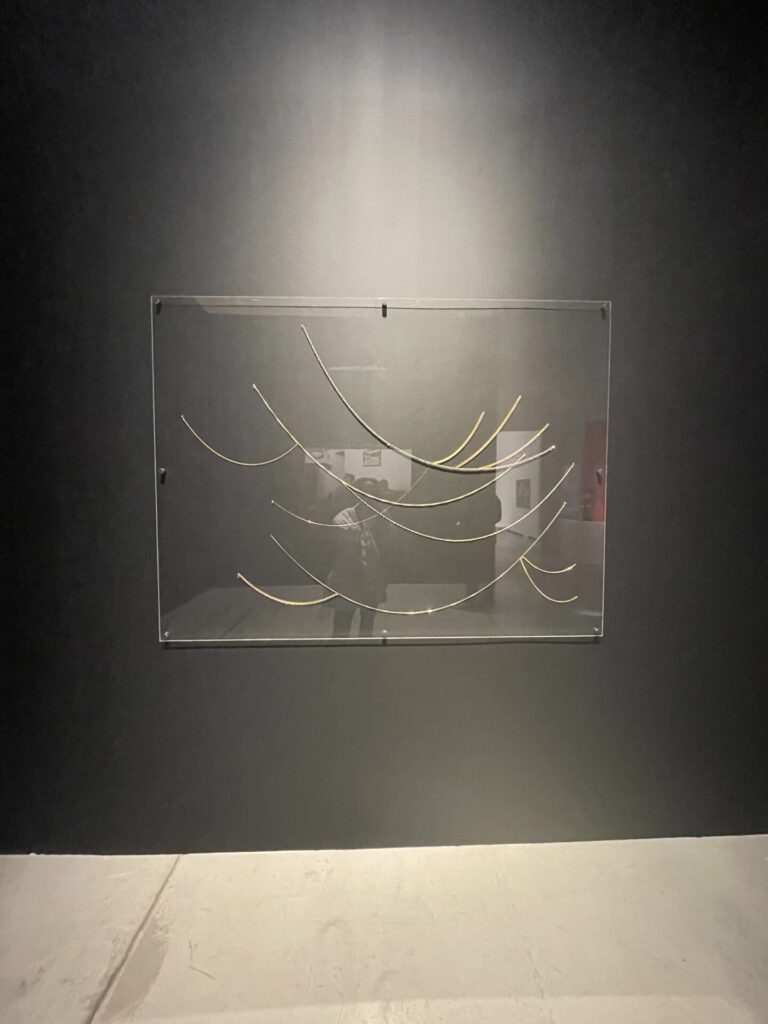
ARTIST: Robert A. Pruitt
TITLE: “For Whom the Bell Curves“
MEDIUM Twelve gold chains in thirteen lengths
This work consists of 12 gold chains affixed on the gallery wall, protected by glass. The accompanying text provides additional context, including a map of the common routes transporting enslaved Africans during the transatlantic slave trade.
For Whom the Bell Curves by Robert Pruitt uses gold, a symbol of wealth, to contextualize the historic and ongoing exploitation of people of African descent. The chains map out the displacement and movement of enslaved people brought to the Americas in bondage. Beyond standing alone as a visual representation, it also examines and critiques wealth accumulation and its implications.
This could be interpreted as a reclamation of the chains now worn to symbolize wealth by those historically oppressed. It could also be further analyzed to deepen our understanding of the ongoing legacy of slavery as several countries in Africa continue to be exploited for their resources, resulting in harm to their people and land.
Within the context of slavery, chains reference the shackles and bondage of stolen and enslaved Africans. Their forced labour was the foundation upon which their enslavers built their wealth. In hip-hop and Black popular culture, gold chains are often associated with status and excess. Positioned after the adornment section of the exhibition, this piece stands in immediate contrast.
Black popular culture, which encompasses various forms of expression such as music, fashion, and language, is often exploited, as artists are usually paid unfair wages, used as tropes in mainstream media, and ultimately profited off of. The success of many hip-hop artists often does not reflect the communities in which they come. The chains worn now may be of gold, but they are still worn where the success of some does not always reflect the community’s success.
The systems of oppression that operated during the trans-Atlantic slave trade continue to exist; they have now simply taken on a new form and those who seek to overcome this do so by operating within the same system that was inherently built against them.
This work is relevant to me as I reflect on the ongoing struggle of resistance and continue to question and interrogate the notion that oppression can genuinely be overcome within the same environment created as it continues to reinforce and operate in the ways it was initially designed. Pruitt’s work brings these types of conversations to a gallery space, making the audience an integral part of the critique and discourse.
The Power Plant Contemporary Art Gallery


ARTIST: Ron Terada
TITLE: “JESUS GUNS BABIES”
MEDIUM: Print
This piece was one that I almost missed. At first glance, it looks like a solid black print, but once you approach, bold uppercase lettering can be seen reading the words ” JESUS GUNS BABIES.”
Given the context of the current socio-political climate in the United States and the recent inauguration of President Donald Trump, I understood this piece as a reference to the rhetoric of right-wing politics, as Christian values, gun policies, and abortion seem to take precedence in these discussions.
The work’s darkness could represent the abyss of politics and the government under Trump. The inability to read what is being said could also speak to the failure to see any clear, coherent messaging amid all the rhetoric. The discussions surrounding religion are often used to reinforce arguments that assert that life begins at conception, which then is used as the basis for making abortions illegal or inaccessible. However, ironically, the passion for protecting their Second Amendment right to carry arms, coupled with school shootings, prevent children from growing into adults, thus ending their lives prematurely.
It is all-encompassing of a society that has become so muddled in its own messaging that it contradicts itself and essentially becomes an abyss of illegible arguments blurred into oblivion where, when standing back, all you can see is darkness as people continue to suffer.
This piece is relevant because it is a snapshot of our current world. Although we are under a different government, it is closely connected and influenced, and in a lot of ways, mirrors the United States. The practice of making art and using it as a means to a political end is relevant as it is one of the ways I hope my own art will be able to accomplish this.


ARTIST: June Clark
TITLE: “Untitled”
MEDIUM Photo etching, collage
This work was particularly fascinating to me. It is an artist’s multiple-piece displayed at the Power Plant’s entrance. Each work is a printed image of a young girl. I learned from the gallery’s website that this is a photograph of the artist herself. Alongside her portrait is text adhered to the support in a sort of scrapbook-like configuration. The text reads:
witness/n. [OE]
[wit-nis] noun
- a person who has seen or can give first-hand evidence
- a person serving as evidence
- a person who testifies
I understand this piece as the artist asserting herself as the witness of her own life. Her presence on this earth is the physical evidence of her existence, and this alone gives her the authority to testify and tell her own story.
This work is relevant to my interest in exploring themes of identity. It allows me to reflect on my own sense of self. I witness the world around me and the moment I exist in and often wonder, if not me, who will testify to my existence? When thinking of my life, I think of the people I have allowed to see me in my various forms and who I have allowed to bear witness to me as I navigate the world.
This four-piece multiple allowed me to notice how seemingly small or less intricate works of art can cause us to take pause. I connect the themes of June Clark’s work when engaging with other artists’ work. The practice of using art to bear witness to others not only connects us to others but also informs our sense of self.
Neil Postman’s Amusing Ourselves to Death

Summarization
In the Forward of this 20th-anniversary edition, the author’s son, Neil Postman, situates the argument of Andrew Postman and reasserts the relevancy of his father’s work and how it continues to apply to our contemporary world is still relevant. He situates his father’s writing in the context of the 1985 world. In the Introduction and first chapter, Andrew Postman explains how technology has changed how we understand the world around us and communicate with others. Throughout the reading, there’s an underlying critique on how our preoccupation with constantly wanting to be entertained shifts us away from meaningful conversations about important issues.
“…the phenomenon whereby the reporting of a horrific event – a rape or a five-alarm fire or global warm – is followed immediately by the anchors cheerfully, exclaiming “Now ….this,” which segues into a story about Janet Jackson’s exposed nipple or a commercial for lite beer, creating a sequencing of information so random, so disparate in scale and value, ad to be incoherent, even psychotic.“ (Postman, 1985, p. xi)
This quote makes me reflect on the vast array of content on our social media feeds, where the algorithm shows funny and light content sprinkled with distressing images and news such as forest fires, genocide, or other humanitarian crises. The flipping back-and-forth between stand-up comedy, excerpts and viral TikTok dances to clips from war zones and dead children in Palestine is, as Postman says, “beyond incoherent and teeters towards psychotic” (Postman, 1985, p. xi). This almost certainly is detrimental to our collective psyche. We must compartmentalize what our screens present and become apathetic because engaging with all the content presented to us would be so overwhelming to our psyche that it would impede our ability to function correctly. Part of our brains must desensitize to exist in our digital world.
“People like ourselves may see nothing wonders in writing, but our anthropologists know how strange and magical it appears to a purely oral people – a conversation with no one and yet with everyone. Could be stranger than silence when encounters when addressing a question to a text? What could be more metaphysically puzzling than addressing an unseen audience, as every writer of books must do?” (Postman, 1985, p. 12)
This quote critiques how we don’t often consider the medium of written text and how it differs from oral speech. The nature of writing differs vastly from how we converse; because of this, so does the message. Therefore, conveying a message electronically differs in that it is a different mode of information sharing and the interpretation changes as a result of the medium change.
“’ The clock,’ Mumford has concluded, ‘is a piece of power machinery, whose ‘product’ is second and minutes.’ In manufacturing such a product, the clock has the effect of disassociating time from human events and this nourishes the belief in an independent world of mathematically measurable sequences. Moment to moment, it turns out it’s not God’s conception or nature’s. It’s man conversing with himself about and through a piece of machinery he created.” (Postman, 1985, p. 14)
This dialogue centred on the concept of the clock explores the commonplace understanding of our world and each other. It is an example of how our brains process and conceptualize through modes of our own making. We’ve collectively decided the terms and measurements that we widely acknowledge and use to process and understand our realities. Although they serve a function, they also shift us further from our innate ways of knowing that predate these forms of interpretation. By this same measure, when looking to the future, it is possible we will continue in this direction, shifting further away from our current modes and further into inventions of our own making, which can further skew our perception and understanding of reality.
Banners: “space that it claimed“
After brainstorming and trying out a couple of other ideas for this project, I finally settled on the phrase “space that it claimed.”
I initially wanted to place this banner on a fence in the school parking lot close to my home. Whenever I walk past, I notice a raised and warped area in the cement that appears to be getting larger each time. I assume it to be a tree that is now forcing its way through the cement. Unfortunately, the day I walked over to this area to hang up my banner, the parking lot was covered in snow and very hard to visualize.
I didn’t remember until later in the day I needed an alternative location for my banner. I vaguely remember seeing a tree growing out of a stump in Royal City Park back in the spring. I decided to see if I could find this tree, and because I still had the banner in the car, I hung it up and tried to take some photos. I soon realized that my phone was not equipped for quality nighttime photography, so I returned the following day with the banner to capture it in the daylight.


This tree could have been cut down due out of necessity due to illness or because it posed a hazard. Regardless, it reemerged, reasserting its place on the earth. It is a reminder of nature’s capacity to regenerate itself despite human interference and destruction. This banner in this location implies that the tree has agency in claiming its space.

Progress:
The initial phrase I had gravitated towards was “a recurring motif.” For this banner, I had planned to hang it up at a graffiti wall downtown Guelph. This space is continuously painted over white. However, graffiti art is repeatedly sprayed and stencilled over the white paint in an ongoing tug-of-war between the property owners and the various graffiti artists. The strong winds and my struggle to get the tape to adhere to the wall contributed to this idea not working out.


Another phrase I considered working with was “not the best.” I was first excited to use this phrase in an ironic location, but I also considered crumpling the banner, hanging it up and then photographing it alone or beside a celebratory or positive sign. I also considered using this banner to critique something, like a business that had unethical practices or did not make good products. Ultimately, I could not find a location that I was happy with.

Although I did not use this banner for the final image, I plan to keep it in my car and continue to passively look for a location to hang it up. I am sure I will find a space for it, but in the meantime, it will have to take up temporary residence at the end of this blog post, which is a reasonable place…just not the best.

